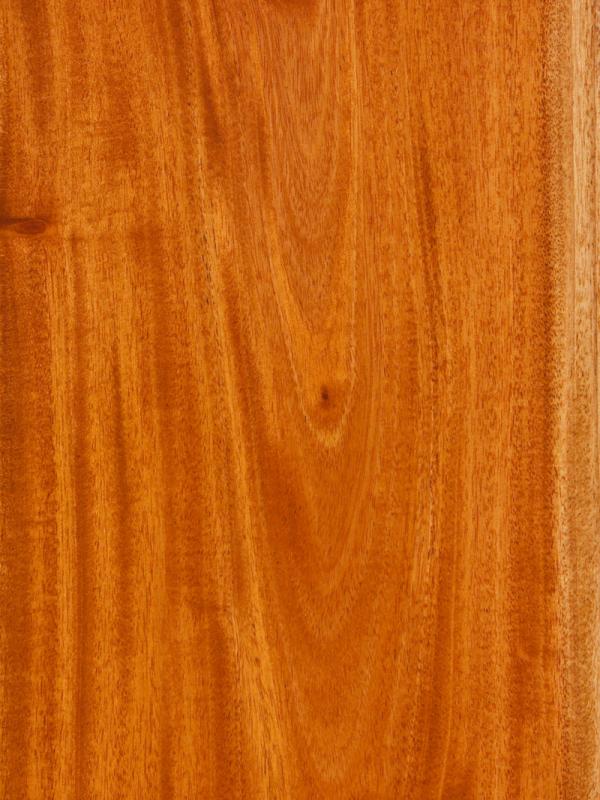
Family: Swietenia Mahogoni
Origin: Native to South Florida in the United States and islands in the Caribbean including the Bahamas, Cuba, Jamaica, and Hispaniola.
Common Names: American Mahogany, Small-leaved Mahogany, West Indies Mahogany.
The Tree: A medium-sized semi-evergreen tree growing 65 to 100 feet tall with a trunk that is 3 to 5 feet in diameter. The bark of the Cuban Mahogany is smooth and gray in color. The color tends to become darker and more furrowed with age. In the United States, Mahoganies are semi-deciduous, losing all or most of their leaves over winter. New leaves emerge in the Spring, blood red to pinkish in color at first then turning to bright, light green and darkening as they mature.
Appearance of Wood: Heartwood has a fair amount of color variation. Colors can range anywhere from a pale pinkish brown to a darker reddish-brown. The color tends to be darker on pieces that have a higher density. The color on all pieces tend to darken with age. Cuban Mahogany has a unique optical reflectance effect known as chatoyancy.
Density: Average reported specific gravity ranges from .53 to .60. Janka Hardness is 930 pounds of force.
Drying & Shrinkage: Cuban Mahogany dries fast and is a very dimensionally stable wood. Average reported shrinkage values are 3.0% radial, 4.6% tangential, 8.0% volumetric.
Working Properties: Cuban Mahogany is easy to work with and remains strong and durable throughout the working process. It machines well and responds well to sanding. Cuban Mahogany has been known to slightly dull the woodcutters being used during the working process. Generally, turns, glues, stains, and finishes well.
Durability: Cuban Mahogany has excellent durability and is an excellent water wood and is very resistant to decay and termite attack.
Uses: Early Spanish explorers used Cuban Mahogany to make canoes and repair ships. The wood was also used to decorate the interiors of royal residences during the Renaissance Era in Europe. Cuban Mahogany can be used to build furniture, cabinets, musical instruments, turnings, boats, and as fuelwood.
Availability: Cuban Mahogany is difficult to purchase since a lot of the lumber is not commercially available. The occasional small quantities that are available at times tend to be very expensive.